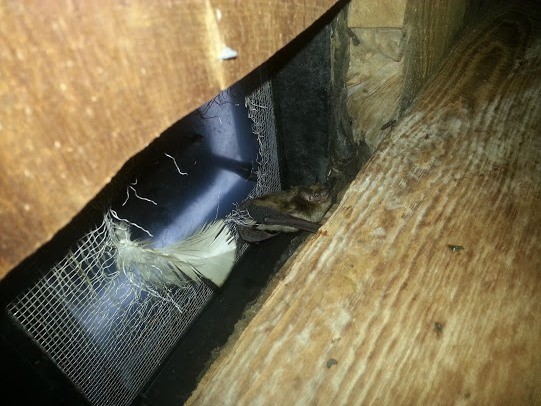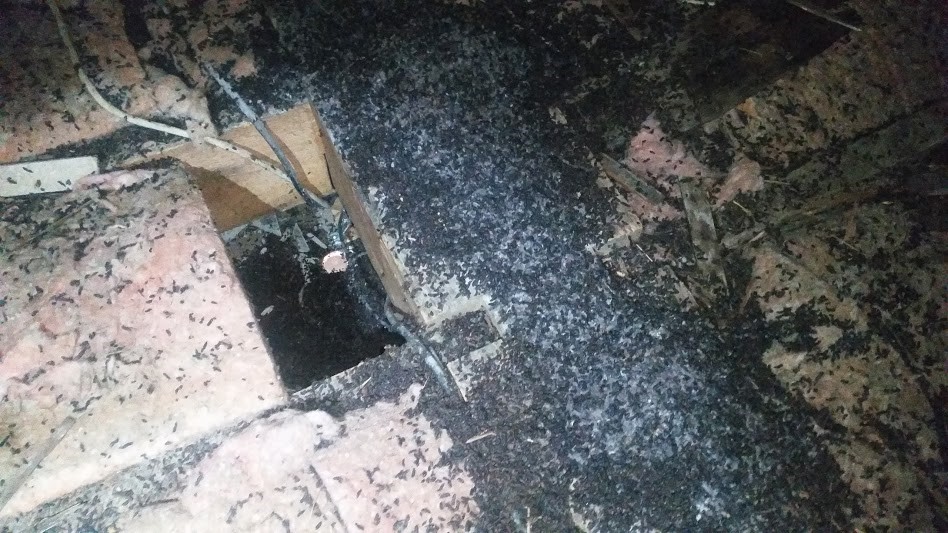Bats can be scary. They’re associated with creepy images of haunted houses and graveyards. Being a nocturnal animal doesn’t help the argument against them being terrifying. Even though bats can be terrifying to some, are they dangerous?
Bats rarely attack humans
They generally prefer to keep a generous distance between themselves and people. Interactions never really happen apart from when bats fly into homes. Bats enter buildings or structures for protection and some species start colonies in attics or walls. This sometimes leads to them entering the living space.

A bat entering an attic through a damaged vent cap
They are carriers of rabies
Living and dead bats can carry rabies. You can be bitten and not even feel it. Bats have small sharp teeth, so much so that a bite can easily go unnoticed, especially if you’re sleeping. Rabies is transmitted through saliva and any other exposure to an infected animal. Symptoms begin with fever and tingling advancing to serious states.
- Violent movements.
- Uncontrolled excitement.
- Fear of water.
- Inability to move parts of the body.
- Loss of consciousness.
Rabies is fatal. An infected animal will either be manic or docile. It’s important to be properly vaccinated after exposure to a potentially rabid animal. Rabies is 100% preventable if treated in a timely manner.

Bat droppings on an attic floor.
Bat droppings carry disease and parasites
Histoplasmosis is the most common infection associated with bats. It’s bred through fungus that forms from droppings contaminating surfaces. Airborne spores can be generated and inhaled when disturbed. The infection typically starts in the lungs. The symptoms are very mild and symptoms typically don’t reveal themselves until the infection is quite advanced.
Parasites and insects develop out of bat droppings. Although they rarely transmit disease they can irritate human skin. Most importantly, a sudden rise of bugs can lead to other infestations in your home.

A rare day time sighting. Bats commonly enter attics through the gap between soffits and bricks.
How to keep bats out your home
- Look for holes. Bats can crawl through small openings in roof, eaves or siding.
- Fill the holes. Use a caulking or other materials to block the entrance.
- Screens, caps and guards. Cover open windows, chimneys and draft-guards.
- Doors must close. Ensure there’s a tight seal around door frames.
- Call professional animal control for bats. They can identify how bats are getting into your house, remove them and seal up against future occurrences.
Hamilton animal control for bats
A bat colony in your home can lead to many dangers. Although humans rarely come into contact with bats, bacteria and disease is spread through their droppings and saliva. Easy access into your living space can increase the odds of a run-in.
Skedaddle Humane Wildlife Control can remove any established colonies and sanitize any contaminated areas as well as prevent future infestation.
Call us today! 1-888-592-0387


